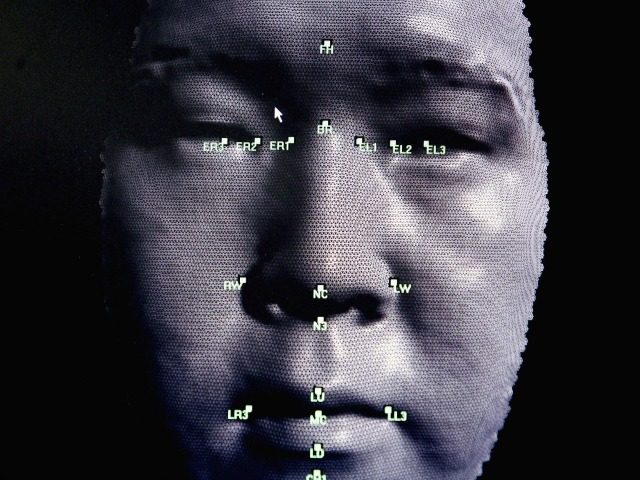U.S. Customs and Border Protection is planning to unveil a facial recognition program that will track visa holders at U.S. airports while using the same technology on drones to patrol the southern border.
The system, called Biometric Exit, is currently being tested on a one-way flight from Atlanta to Tokyo and is expected to be rolled out to more airports this summer after being expedited by the Trump Administration, according to a report from The Verge.
The current practice used by Customs and Border Protection agents is to take photos and fingerprints of every visa holder who enters the U.S., but there is no system in place to verify that a visa holder has left before their visa expires. This is where Biometric Exit comes in.
Passengers will have their photos taken at the airport before boarding flights, that photo will cross-reference with “passport-style photos provided with the visa application.” If there is no match, then that will raise flags about whether the visitor entered the United States illegally.
U.S. Customs and Border Protection’s (CBP) Larry Panetta, who is leading the airport segment of the project, said, “We currently have everyone’s photo, so we don’t need to do any sort of enrollment. We have access to the Department of State records so we have photos of US Citizens, we have visa photos, we have photos of people when they cross into the US and their biometrics are captured into [DHS biometric database] IDENT.”
President Trump expedited the implementation of Biometric Exit when he signed the executive order, “Protecting the Nation from Foreign Terrorist Entry Into The United States,” the same document that called for the temporary halt of immigrants from seven Middle Eastern countries.
“Sec. 7. Expedited Completion of the Biometric Entry-Exit Tracking System. (a) The Secretary of Homeland Security shall expedite the completion and implementation of a biometric entry-exit tracking system for all travelers to the United States, as recommended by the National Commission on Terrorist Attacks Upon the United States,” the executive order states.
The CBP is also looking to use facial recognition at the border to help identify any person that is in relevant law enforcement databases.
Officials with the CBP solicited proposals from companies for small unmanned aerial systems (sUAS), like consumer drones, for deployment by Border Patrol agents along the southern border.
The agency is specifically looking for a drone that is small enough that it can fit into a truck, weighs under 55 pounds, and is deployable by a single agent in less than 5 minutes. Officials also want a drone fitted with state-of-the-art sensor technology which reportedly may include, “infrared cameras and facial-recognition capabilities.”
A document included with the solicitation, Small Unmanned Aircraft Systems (sUAS) Capabilities, said the agency is looking for a drone that can, “distinguish between natural and artificial features, and between animals, humans, and vehicles at long range.”
The same document also states that the agency is looking for a drone that, “would have facial recognition capabilities that allow it cross-reference any persons identified with relevant law enforcement databases.”
The goal will be to cross-reference the facial scans against multiple government databases that collect biometric information, including the FBI. “The bureau can draw from over 411 million photos spread across state and federal databases, including more than 173 million driver’s license photos, as part of the new biometric effort,” according to a government document that was analyzed by The Verge.
Ari Schuler, co-lead of CBP’s Silicon Valley office, which is managing the project, said that a drone that has these capabilities would allow Border Patrol Agents to identify traffickers who have violent criminal backgrounds, allowing the Agent the call backup.
Since large portions of the border lack cellular service, the biggest challenge for contractors is figuring out how to stream data from the drones. The CBP is also looking for a drone that is secure, not vulnerable to hacking.
The move to go from large military-style drones to small consumer ones comes from the disappointment the CBP has had with the Predator. A report from 2014 shows that the cost to operate 10 Predators over the course of a year exceeded $60 million. The drones failed to lower the cost of border surveillance and were vulnerable to GPS jamming and other attacks.
Ryan Saavedra is a contributor for Breitbart Texas and can be found on Twitter at @RealSaavedra.

COMMENTS
Please let us know if you're having issues with commenting.